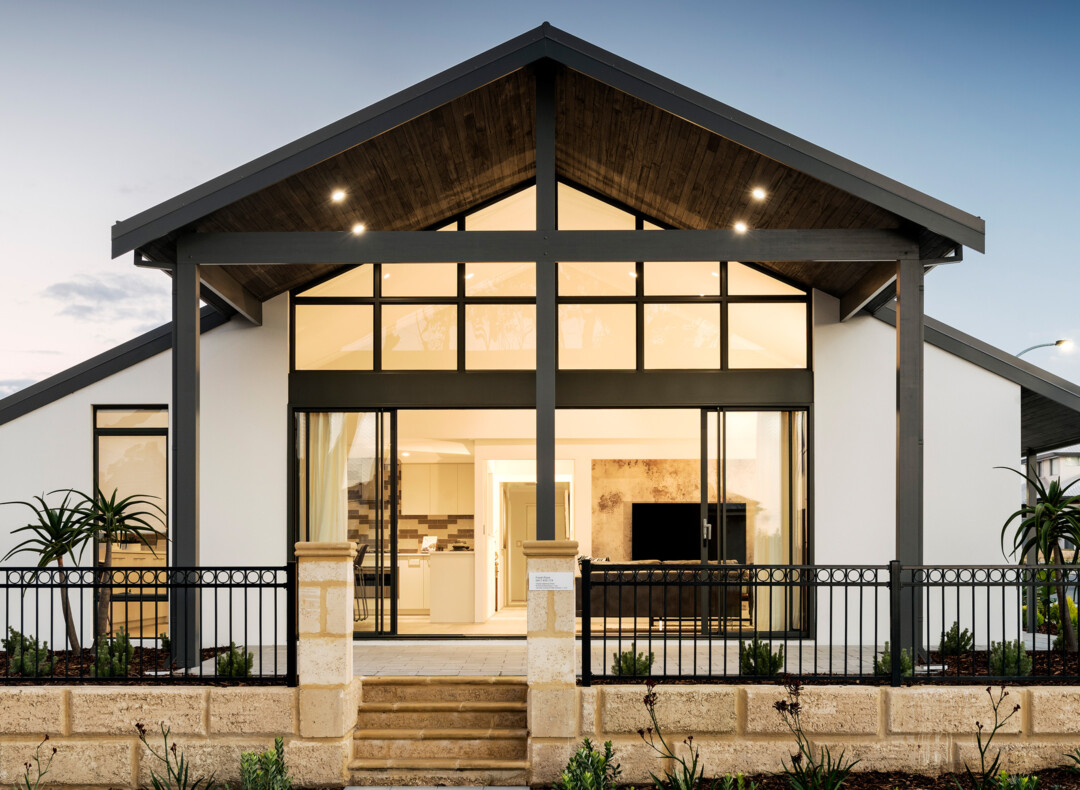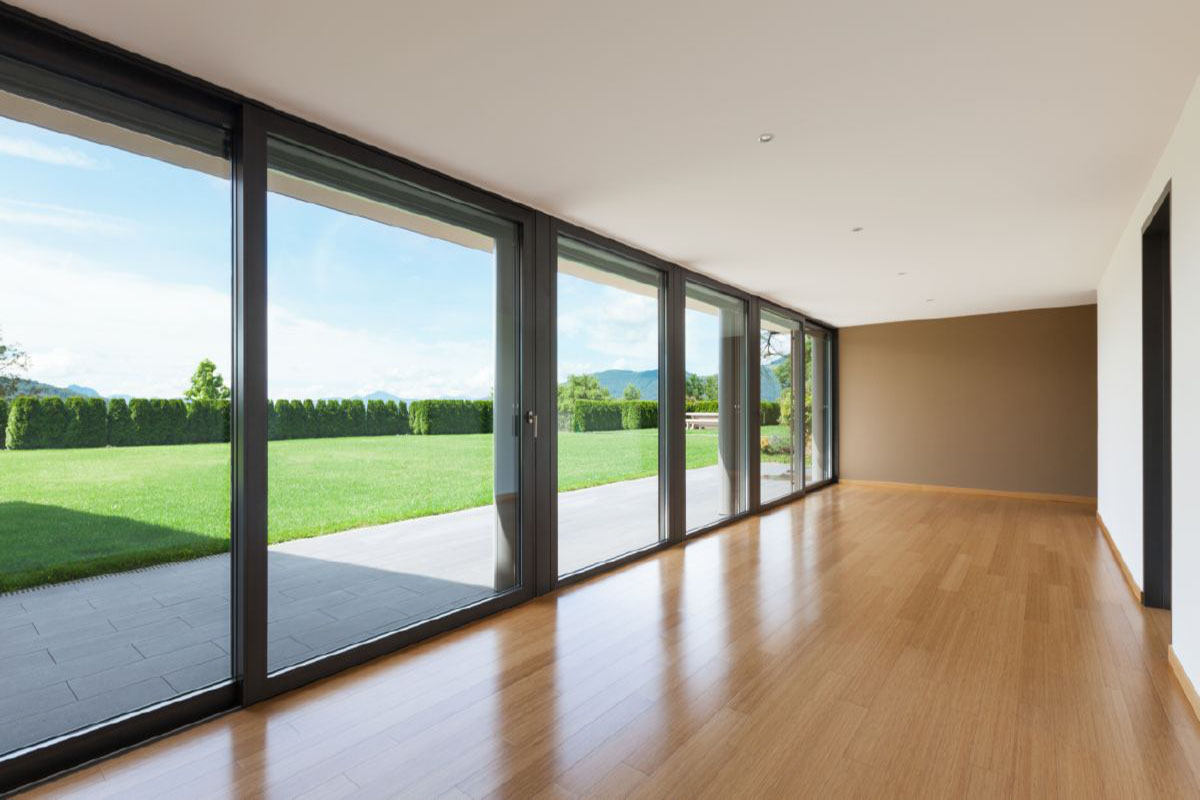All Categories
Featured
Table of Contents
Benefits Of Double Glazing Low-e in Kinross Perth
That window can transmit more solar heat in winter than in summertime. A west-facing window on a summer season's afternoon has an angle of incidence from near 0 approximately 30 with a large efficient area of solar radiation. A north-facing window, in summertime, has a high angle of incidence and a low reliable area of solar radiation, so can send less heat than a west-facing one.

You can quickly and easily enhance the thermal performance of your house by replacing your windows. This is among the most effective methods of renovation to attain better thermal comfort. There are countless types of glass and frames to select from. Choosing the right ones is very important to enhancing the energy effectiveness of your house.
Is Double Glazing Worth It? in Gosnells Perth
There are several types of glass items to choose from. Single glazing uses a single pane of glass. Single glazing with clear glass is not really effective when it comes to heat loss or gain. To enhance efficiency, you can utilize single glazing with a more energy-efficient kind of glass such as low emissivity (low-e) glass.
Numerous layers can be assembled with sealed cavities in between each sheet of glass. IGUs generally use much better energy performance than single glazing, since they transmit less energy. Nevertheless, the energy efficiency of IGUs also depends on: the residential or commercial properties of each layer of glass. Various glass types (for example, clear and low-e glass) can be assembled in an IGU.
Canberra Window Replacement - Upvc Double Glazed ... in Carlisle Perth

IGU cavities can be filled with air or a more inert, low-conductivity gas such as argon the width of the cavity. Cavity density is normally 6 to 18mm. Larger cavities supply lower (much better) U values, with 12mm normally accepted as the favored space how well the cavity is sealed. Cavities should be dry and well sealed to prevent moisture getting in.
If argon is installed to the cavity in location of air, wetness is reliably excluded the level of desiccant (drying representative). The spacer (metal or polymer strip) that separates the glass layers consists of a desiccant to take in any moisture. Inadequate desiccant might cause wetness to condense on the glass surface area in cold conditions, lowering thermal efficiency.
Best Way To Block Sun Heat From Windows [Professionally] in Helena Valley WA
In truth, IGUs can provide better energy performance for all climates, particularly in heated and air-conditioned homes. Cross-section detail of single, double and triple-glazing units Low emissivity glass (typically called low-e glass) lowers heat transfer. Low-e glass might be either high or low transmission: High transmission low-e glass has a finishing that permits daytime from the sun to pass into the home to attain great solar heat gain, however minimizes the amount of the long wavelength infrared heat that can escape back through the window.
Low-e glass has either a pyrolytic coating or a vacuum-deposited thin film metal finishing. Pyrolytic finishes are durable and can be used for any glazing; vacuum-deposited coverings are soft and are only utilized within IGUs. Low-e coverings can significantly enhance both U value and SHGC; however, they need to be utilized properly or they will either weaken or fail to perform as required.
A Complete Guide To Double Glazed Windows in Palmyra WA
Low-e coverings can be utilized in combination with clear, toned or reflective glass. Low-e coverings on glazing can decrease heat transfer where needed Image: Department of Market, Science, Energy and Resources Toned glass has colouring additives consisted of during manufacture. It is readily available in numerous colours, generally bronze, grey, blue and green.
Table of Contents
Latest Posts
Triple Glazing Vs. Double Glazing: What Are The Differences? in Willetton Western Australia
Help Control Your House Temperature With Double Glazing ... in Martin Western Australia
How To Diagnose And Fix Misted Double Glazing in Hovea Perth
More
Latest Posts
Triple Glazing Vs. Double Glazing: What Are The Differences? in Willetton Western Australia
Help Control Your House Temperature With Double Glazing ... in Martin Western Australia
How To Diagnose And Fix Misted Double Glazing in Hovea Perth